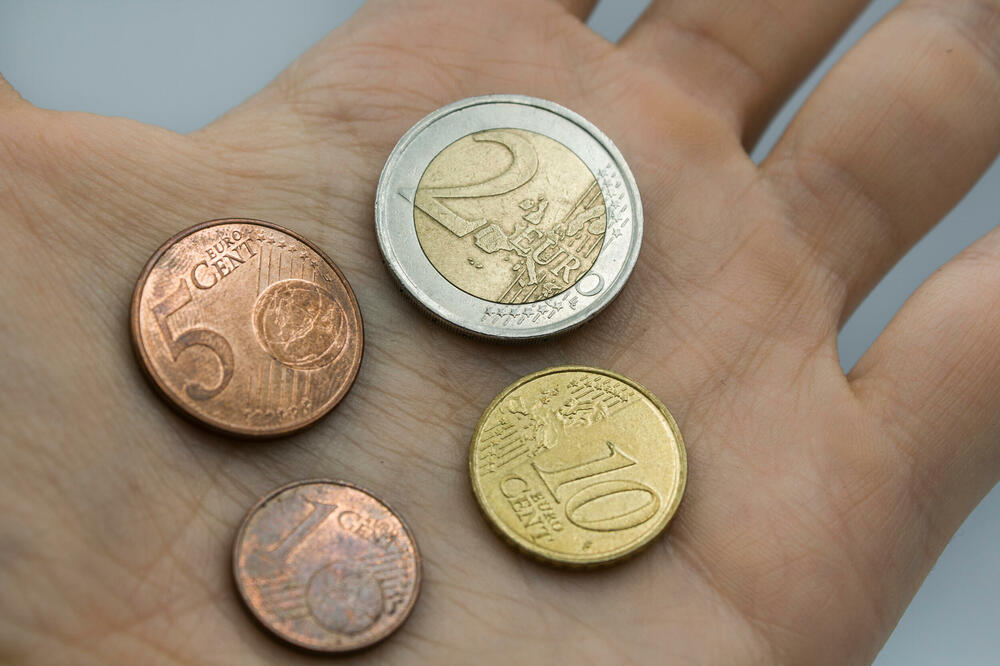Who else counterfeits coins? In the European Union, 50 and 20 euro banknotes are most often counterfeited, which is logical - they are the most common banknotes, they are "worth" more than 10 euros, but there is much less chance that someone will take them under a microscope than 100 or 200 euro banknotes .
But news came from Spain this week that the police, with the help of Europol, broke up a ring of money counterfeiters in Toledo who minted half a million "high-quality" counterfeit two-euro coins.
The police catch was described as the "most important" counterfeiting operation in Europe in the last ten years.
Ten Chinese nationals were arrested, and Spanish police said they had been chasing them for six years. Coins are said to be extremely difficult to trace.
The economic damage is unknown - half a million two-euro coins adds up to a total of one million euros of serious fraud - but the police action should not be underestimated. Its main effects are psychological - the state must guarantee that the money we handle is authentic.
Do you carry a magnet with you?
Coins do not have holograms and security seals like paper money. But, again, they have enough characteristics that they are difficult to copy. "You don't need to be an expert to tell the difference between a fake and a real coin," says the website of the German Federal Bank.
They state that the symbols stamped on the euro coin are clearly raised and the contours are clearly visible. The edges of the coins also have symbols and bumps, so that even blind people can recognize them. Forgers have a hard time replicating them faithfully.
Citizens probably don't walk around with magnets in their pockets, but Germany's Bundesbank says a magnet is a pretty good way to verify authenticity.
"Due to a special security material, the middle part of the two-euro coin is slightly magnetic. This means that the coins are slightly lifted by the magnet, but they will fall off as soon as the magnet is slightly shaken," the bank's website states.
On the other hand, the outer ring of the two euro coin - just like the 10, 20 and 50 cent coins - cannot be attracted by a magnet.
Bonus video:





